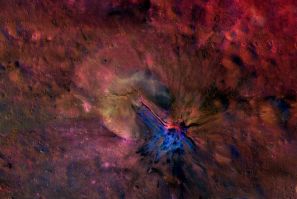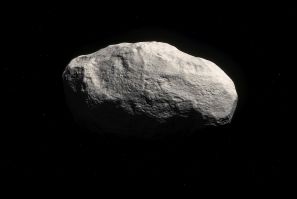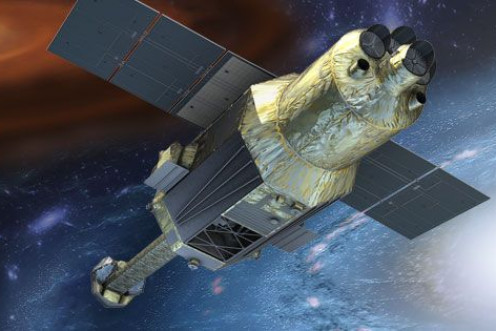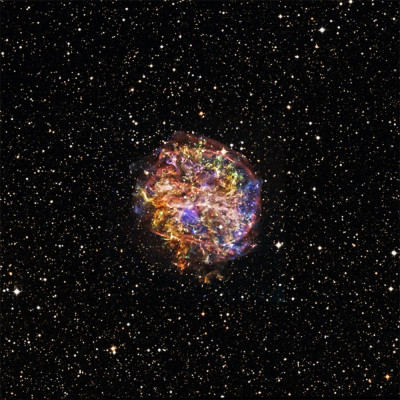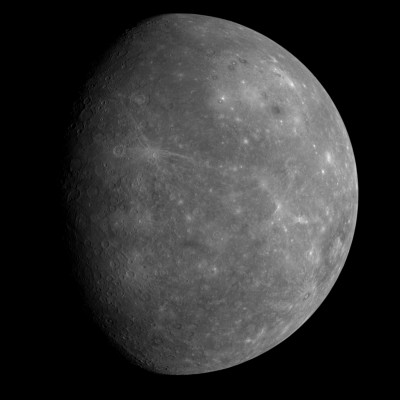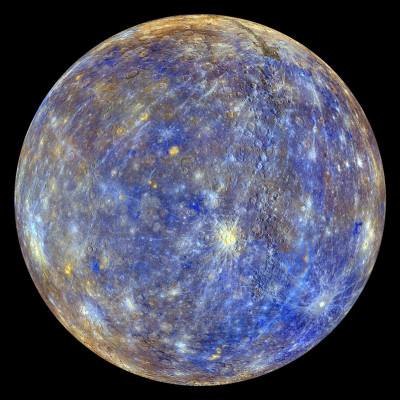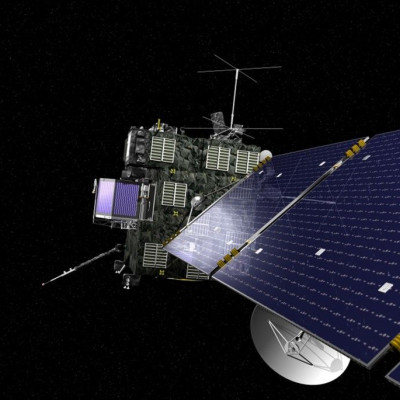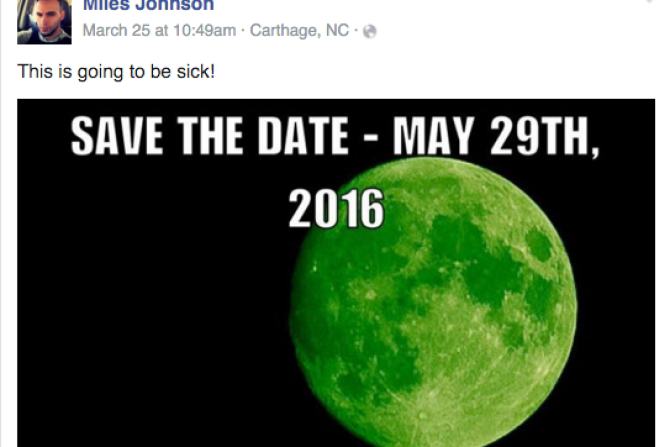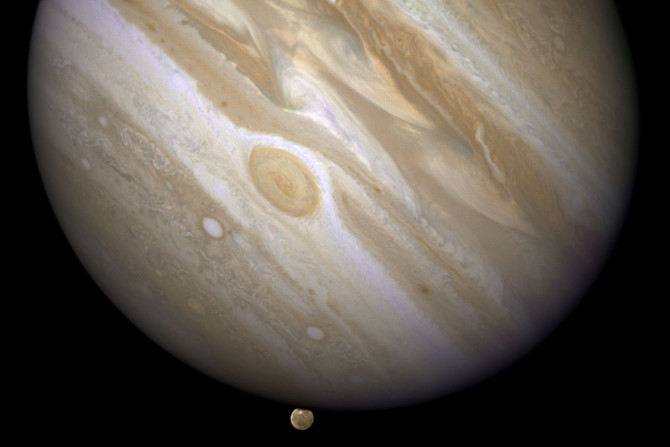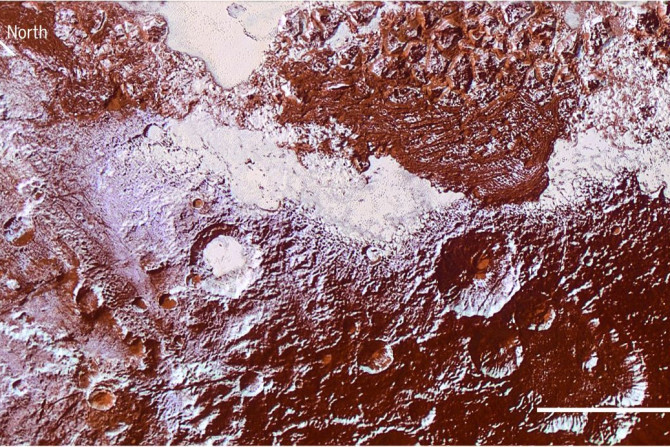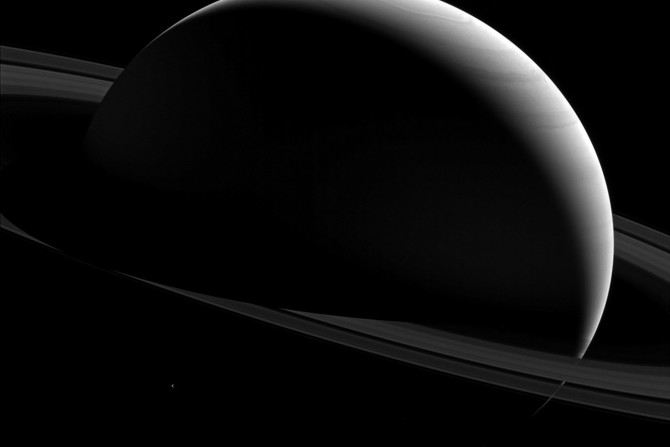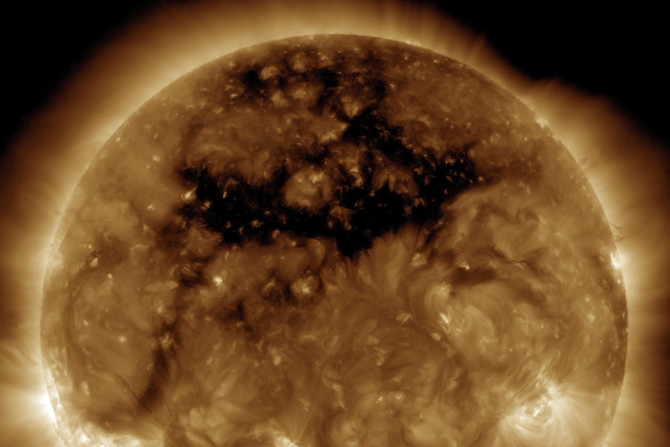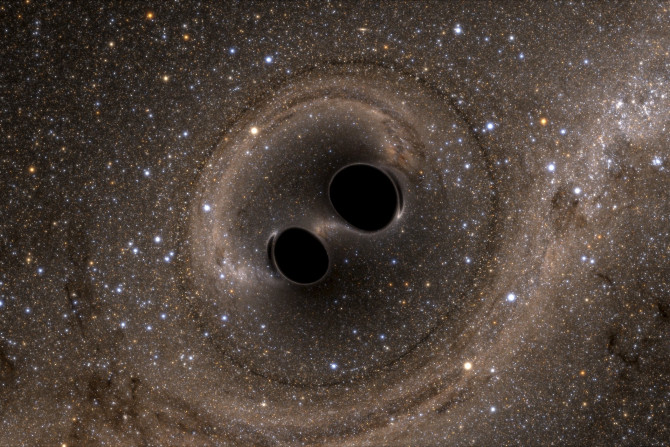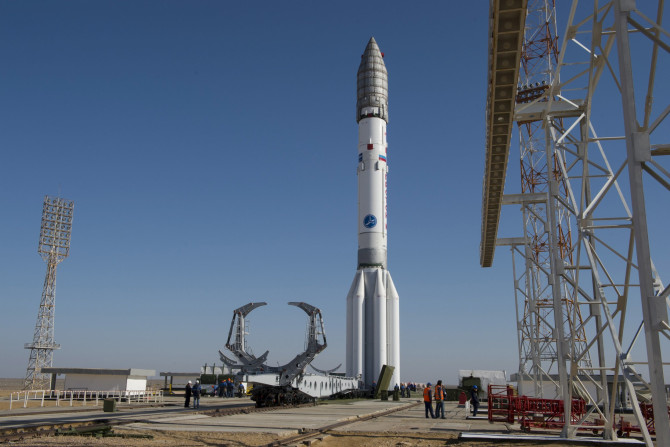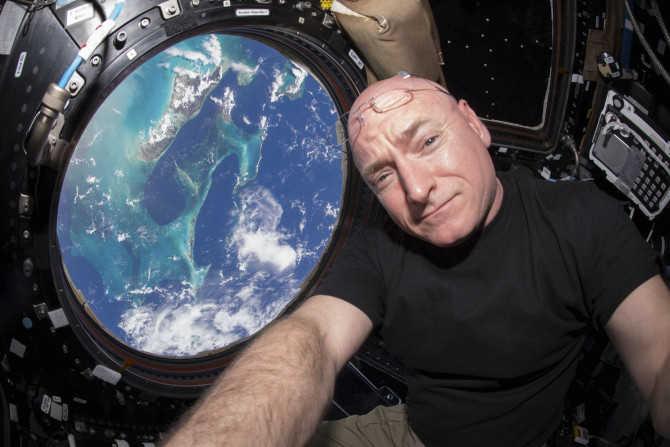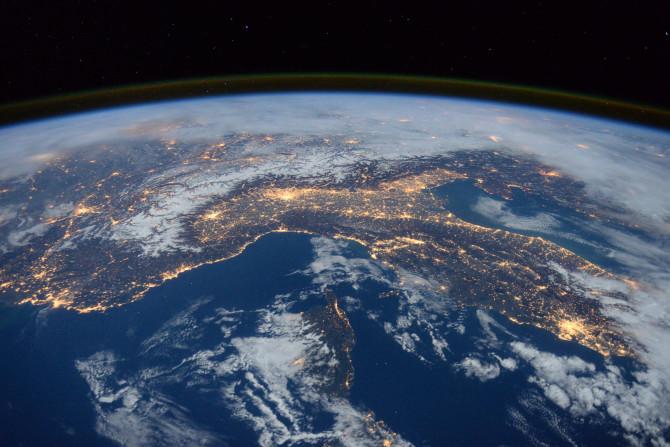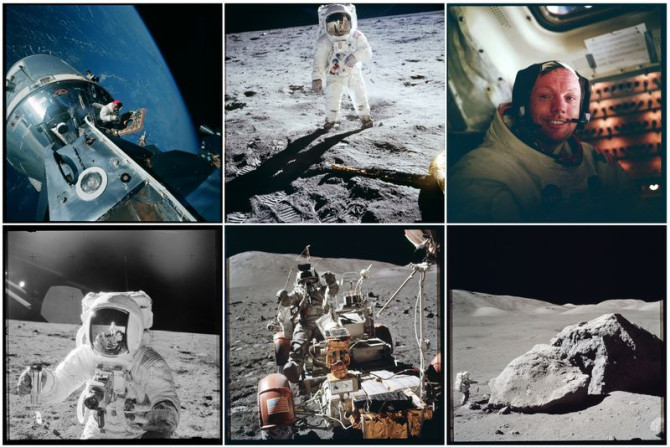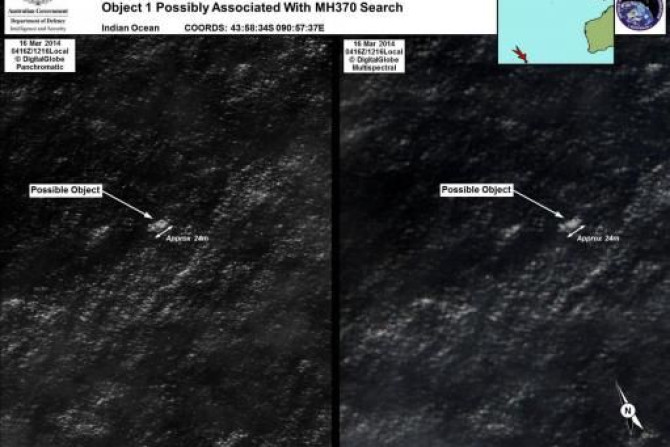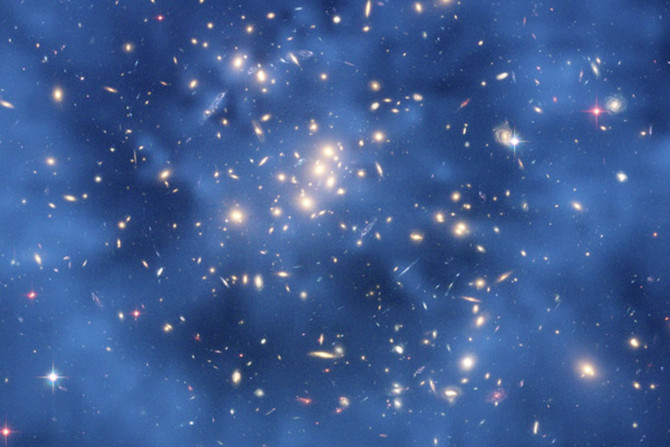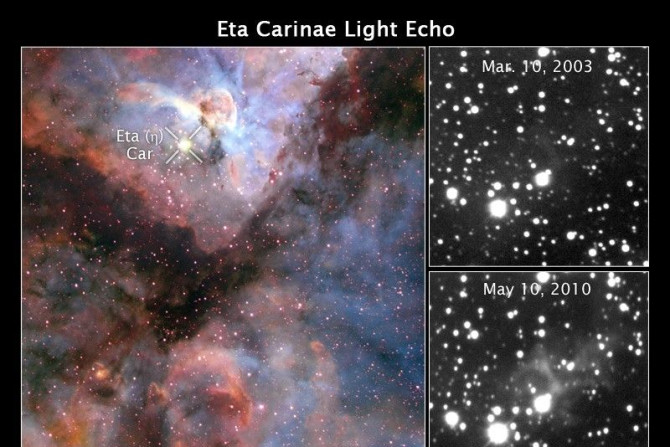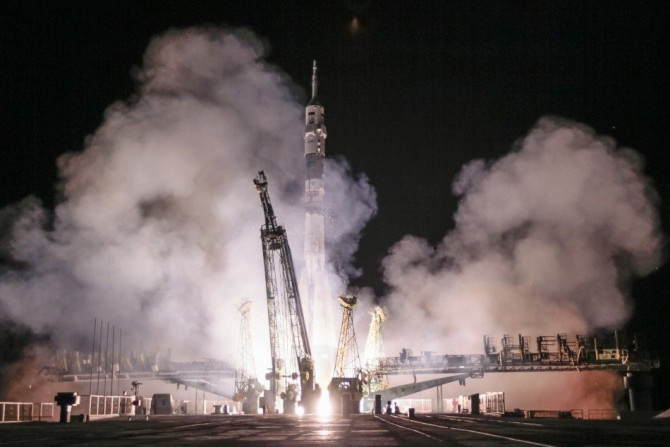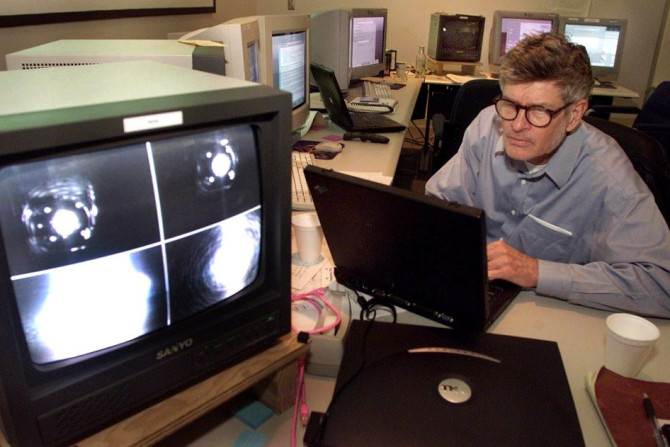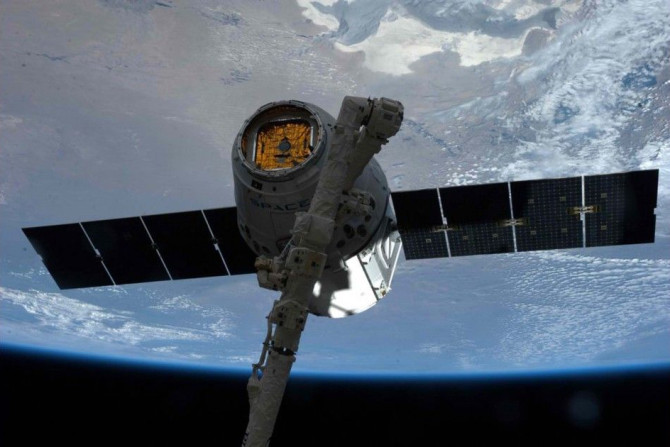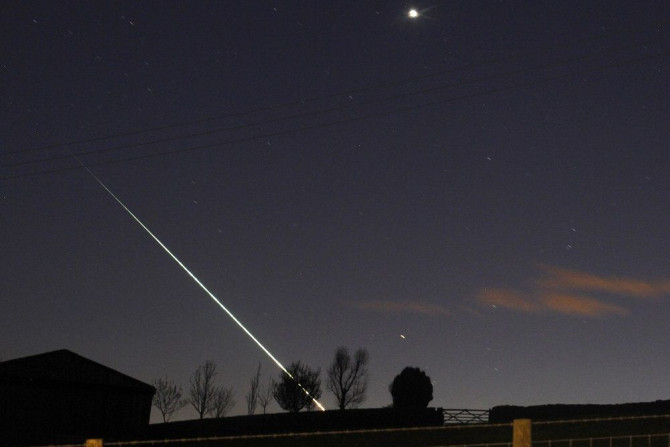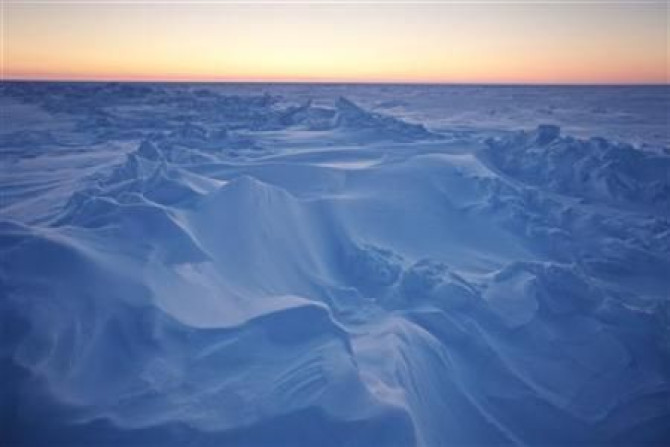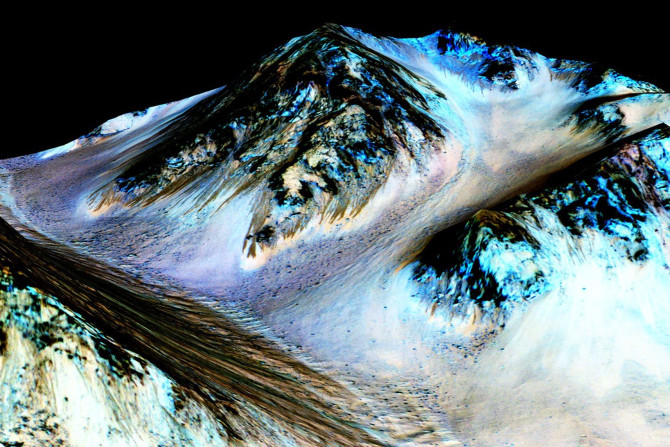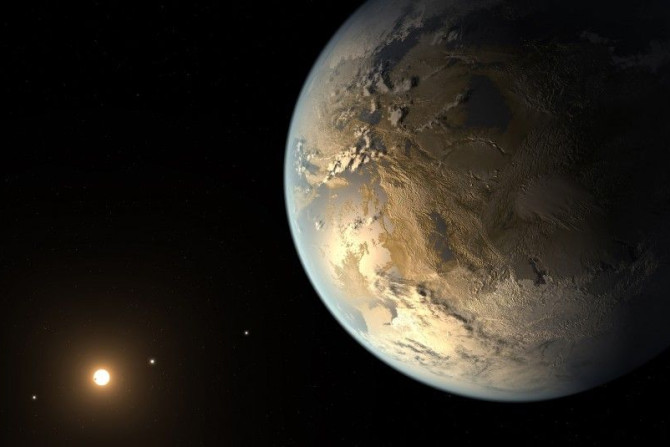Science Web sites debunk speculations that the moon would appear green for 90 minutes on April 20 or May 29 because of planetary alignment.
A mysterious celestial object hit Jupiter, and scientists believe it was a comet or an asteroid. However, the explosion was extremely powerful.
Pictures of Pluto taken from New Horizons have revealed features possibly carved by liquids. The photos also show a possible frozen lake located just north of Sputnik Planum.
About 10 percent of the almost 100,000 stars observed by scientists had magnetic fields which strength was either weaker or similar to that of the Sun’s magnetic field.
New study revealed that some of Saturn’s moons formed less than 100 million years ago, when dinosaurs were still roaming Earth. The study can help in assessing ages of other moons.
Mars became inhabitable due to a lack of a magnetic field protection like that of Earth. Mars is barren and vulnerable to Sun’s intense solar winds.
The astronomers used High Energy Stereoscopic System (HESS) telescopes in Namibia to detect the high-energy gamma ray source. The gamma rays act as a “tracer” for cosmic rays.
The exciting Mars mission may be extremely dangerous as any form of life discovered on mars and brought back to earth may contaminate our home.
American astronaut Scott Kelly, along with his Russian cosmonaut companion Mikhail Kornienko, landed on Earth last week after spending 340 days in space, the longest US space mission on record.
Asteroid 2013 tx68 may pose a threat if new observations made during this month’s pass reveal its diameter to be larger than expected. This time, it’s not hitting Earth, though.
The strange, mysterious music lasted almost an hour, and the astronauts discussed whether they should discuss this experience with the Mission Control once radio contact was regained with Earth.
Jeff Bezos owned Blue Origin fired its New Shepard rocket, which reached a height of 333,000 feet and landed safely for a second time on their Texas launch pad.
Researchers have traced the space debris that fell into the Indian Ocean in November 2015 to NASA’s 1998 lunar mission.
The Indian government has decided to leverage space technology and drones to monitor and manage its national highways and road assets.
Space could actually become a battleground for mining companies that venture into the deep space.
New research shows that dark matter could be creating waves at the outer edges of the Milky Way.
Life on the Earth is possible only because the giant Jupiter and Saturn planets helped stabilise the solar system, suggest new simulations.
The dwarf planet Pluto continues to tantalise the world with new discoveries, the latest being a 'giant snail’ and a 'lava lamp’ on its surface.
Spaceport America has a new venue and event brand that promises visitors a more exciting experience of the outer space.
A NASA team has found five twins of the massive Eta Carinae star, and each of them is 100 times bigger than the Sun.
Russia plans to reduce its funding for the International Space Station over the next 10 years.
Despite speculation, LIGO says that it is still analysing data and did not confirm if the experiment has discovered finally gravitational waves.
With space tourism set to become a reality, medical experts are studying the various health risks associated with it, as well as the ways to tackle medical emergencies in space.
From space, NASA satellites have captured the environmental damage caused by ISIS attack on oil facilities in Libya on Jan. 4-6, 2016.
Fungus attacks are no longer confined to the Earth. NASA recently reported fungus attacks on plants on its International Space Station.
California-based SpaceX plans to land Falcon 9 rocket on a Pacific drone ship after the company successfully landed a booster on the ground in December 2015.
It was touch and go for Australian scientists who had to race against time to recover a meteorite older than Earth before it got washed away by heavy rain.
Astronauts are trying to learn how to live and remain sane in the barren space above the Earth from exposure to the rough and tough Arctic terrain.
You don't need to be a geek or a nerd to admire these top scientific discoveries of 2015 that have the possibility of affecting human lives for the good.
Scientists have come up with a new method to measure gravity on distant stars, which could help identify planets capable of harbouring life.



